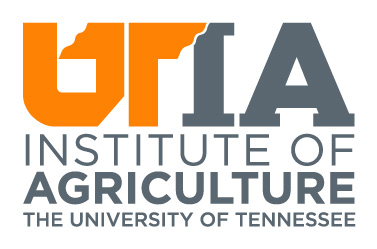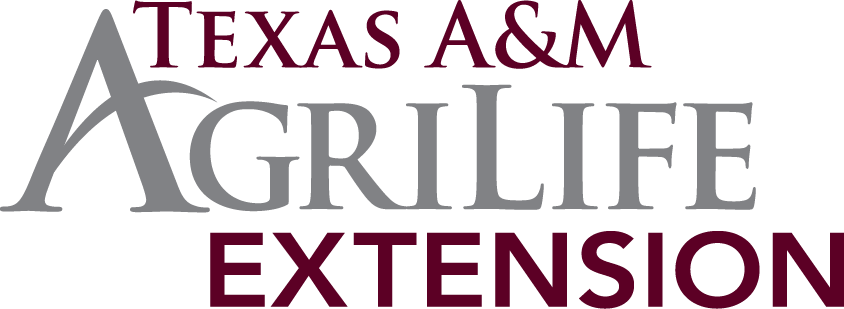In The Cattle Markets
November 17, 2025
Hannah Baker, M.S.
State Specialized Extension Agent – Beef and Forage Economics
Range Cattle Research and Education Center
University of Florida / IFAS Extension
The Fundamentals and [finally] a Little Data to Support Them
The last several weeks have brought no shortage of headlines for the cattle industry, and the repercussions have certainly been seen in the cattle market. If there is one thing markets hate, it is uncertainty and talk about trying to “fix” it. However, as has been reiterated over the last few weeks, the fundamentals of where we are in the cattle cycle have not changed: tight supplies, strong demand, and slow expansion efforts.
The last two “In the Cattle Markets” articles have discussed the importance of remembering these fundamentals amidst the chaos of not having market data and reports to support them. The 43-day government shutdown hindered the release of several USDA market reports used by analysts and producers to make important management and marketing decisions. Before the final vote to end the shutdown on November 12th, it was announced that the World Agricultural Supply and Demand Estimates (WASDE) report and the Cattle on Feed report would both be released in November. The WASDE report was released this past Friday, the 14th.
According to the WASDE report, forecasts for beef production in 2025 and 2026 were both lowered due to declining fed cattle slaughter. Beef production in 2025 is projected to reach 25.7 billion pounds, down 70 million pounds from the September projection (0.3 percent) and down 1.2 billion pounds from 2024 beef production (4.5 percent). Compared to this November 2025 projection, 2026 beef production is projected to decline by 366 million pounds, or 1.4 percent, to 25.3 billion pounds.
The future decline in beef production is a result of herd liquidation that started in 2019. This resulted in a short-term increase in beef production as more cattle were being sold for beef production. However, the U.S. cattle herd today is now the smallest it has been since 1951, consisting of 86.7 million head with 27.9 million head of beef cattle. Feeder cattle supplies are estimated at 24.5 million head, the smallest in available data. As cattle supplies continued to decrease, beef production followed suit, bringing us to the point we are at today. With limited fed and non-fed supplies, future beef production will decline while the domestic cattle herd tries to rebuild over the next several years.
Average fed steer prices are projected to be $234/cwt for the last quarter of 2025, 24% higher ($45/cwt) than the last quarter of 2024. For 2026, the projected average annual price for fed steers is projected to reach $246/cwt. While there have been substantial declines and volatility in both the futures and cash markets lately, these projections point back to the fundamental reality of tighter supplies heading into the end of this year and into 2026.
Strong consumer demand coupled with low supply results in high cattle and beef prices. As we approach expansion, more heifers will be placed into the breeding herd rather than into feedlots, further limiting beef production. Over time, calves raised by those retained heifers will contribute to increasing beef production. There is heavy emphasis on time. Calves raised by retained heifers this fall will not enter beef production until 2028-2029. With few signs of heifer retention so far in 2025, this is the earliest we could see increases in beef production. As of July 2025, the percentage of heifers on feed is 38.1%. During the last expansion, this percentage was in the lower thirties. The November Cattle on Feed report is set to be released this Friday, the 21st, and could provide a steer-heifer breakdown that we missed in October. But there was no mention of the inclusion of the breakdown in the announcement.
Very simply put, high prices will eventually incentivize rebuilding, meaning fewer heifers entering the market, resulting in peak cattle prices. As cattle numbers increase, beef production will increase, and cattle and beef prices will decrease over time. Expansion efforts will be dependent upon higher cattle prices, future profitability, and forage availability. The reality of consumers balking at the meat counter is still a real concern that could influence beef and cattle prices, but so far, that has not been the case. These last few weeks have been an important reminder of two things: the importance of risk management in a highly volatile market and the dynamics of how cattle cycles and markets work.
In the Markets
Compared to last week, fed cattle prices declined slightly by 2% but are still higher by 22% compared to a year ago. Feeder steer prices are trying to bounce back compared to last week with the exception of 500-600 lb steers in Oklahoma. Year-over-year prices for feeder steers are up in all markets reported in the table below by roughly 40%. These markets remain highly volatile, but they are hanging in there amidst the recent efforts of trying to “fix them.”
| Week of 11/14/25 | Week of 11/7/25 | Week of 11/15/24 | ||
| 5-Area Fed Steer | all grades, live weight, $/cwt | $225.06 | $228.70 | $184.79 |
| all grades, dressed weight, $/cwt | $350.94 | $358.33 | $290.84 | |
| Boxed Beef | Choice Value, 600-900 lb., $/cwt | $375.06 | $377.89 | $306.11 |
| Choice-Select Spread, $/cwt | $17.26 | $17.24 | $27.47 | |
| 700-800 lb. Feeder Steer | Montana 3-market, $/cwt | $382.50 | — | $264.53 |
| Nebraska 7-market, $/cwt | $363.24 | $354.53 | $266.16 | |
| Oklahoma 8-market, $/cwt | $347.07 | $340.90 | $253.54 | |
| 500-600 lb. Feeder Steer | Montana 3-market, $/cwt | $445.13 | $428.90 | $316.64 |
| Nebraska 7-market, $/cwt | $450.21 | $439.99 | $320.28 | |
| Oklahoma 8-market, $/cwt | $418.93 | $429.48 | $303.31 | |
| Feed Grains | Corn, Omaha, NE, $/bu (Thursday) | $4.24 | $4.05 | $4.17 |
| DDGS, Nebraska, $/ton | $153.00 | $149.14 | $163.00 | |
Data Source: USDA-AMS Market News as compiled by LMIC










